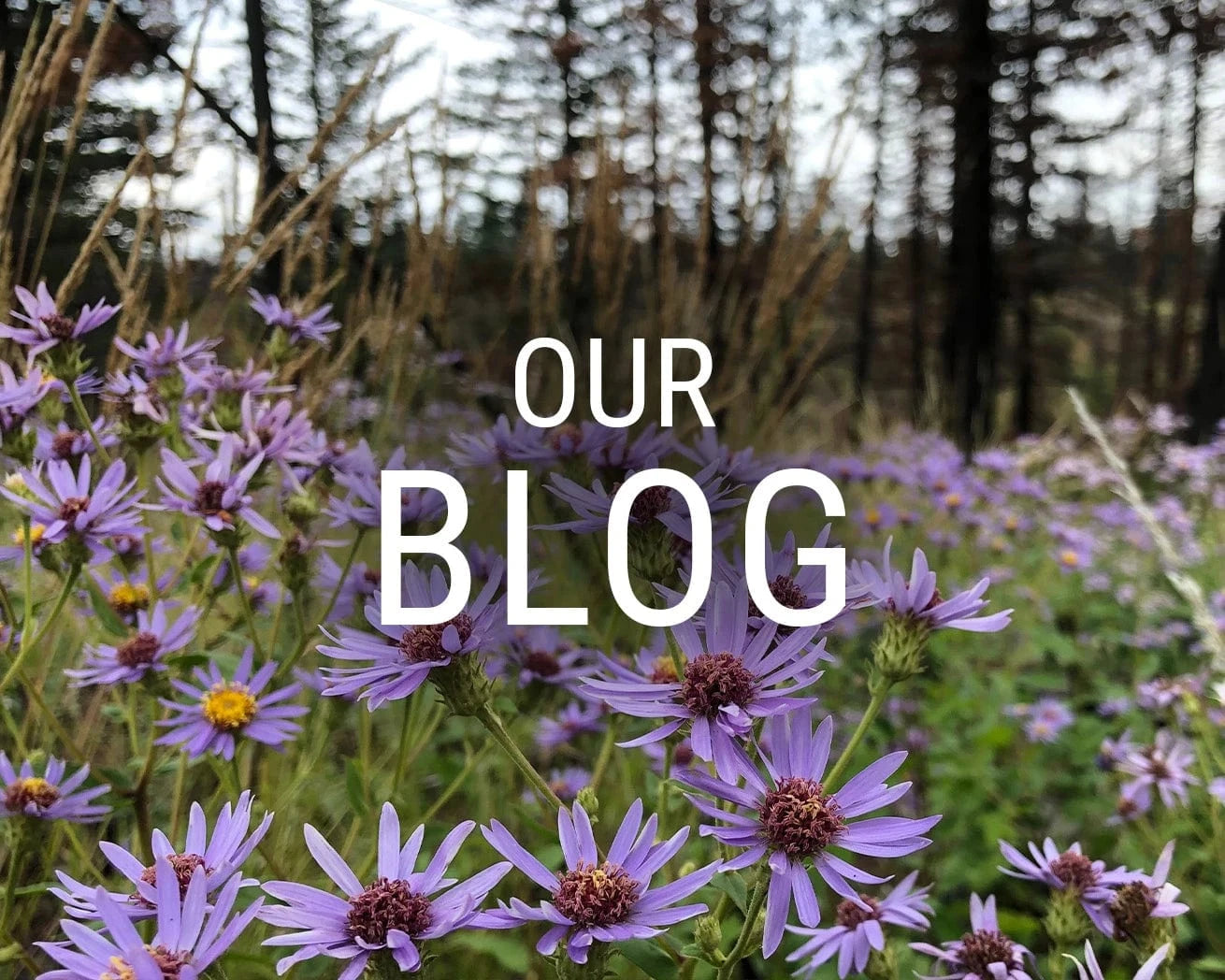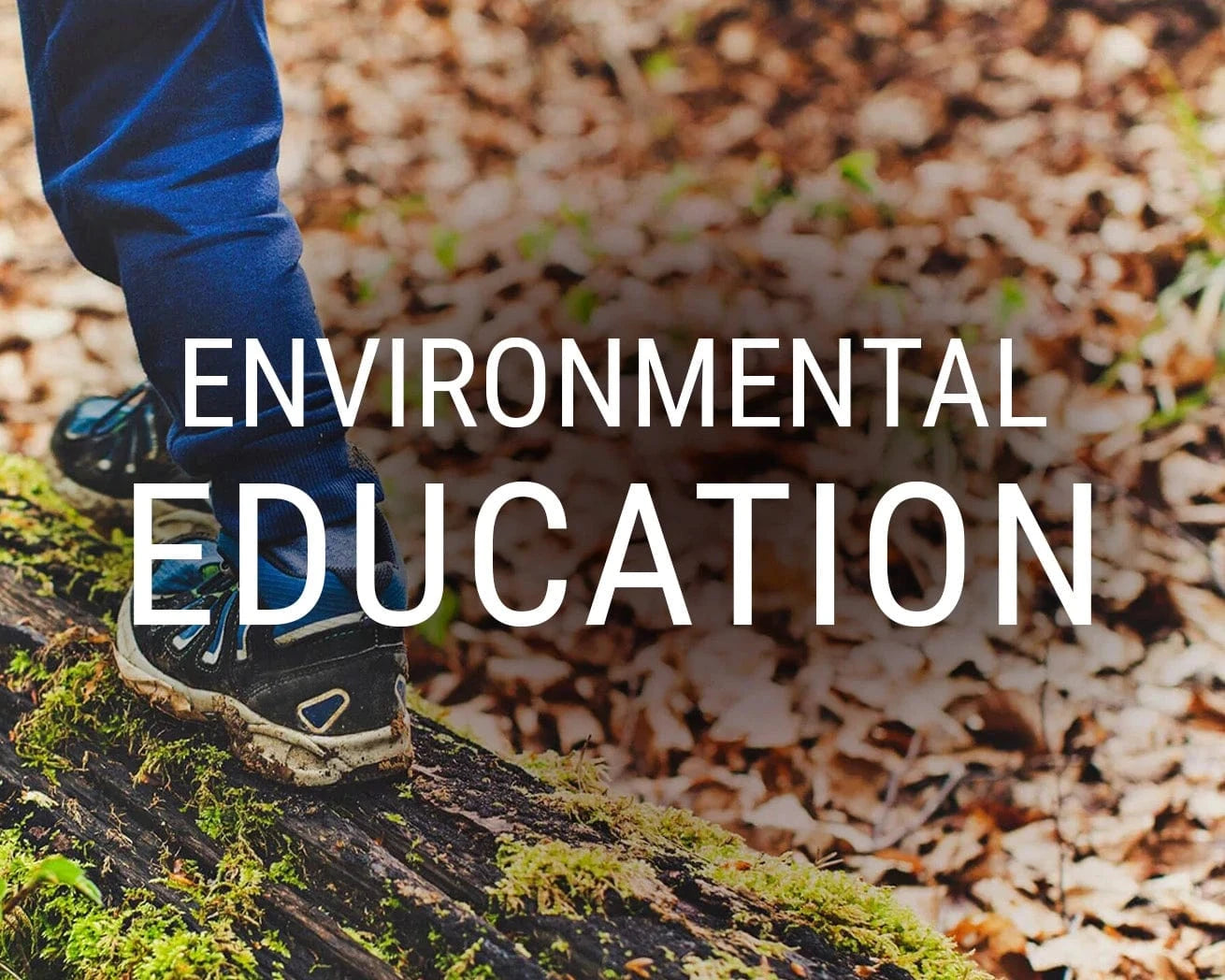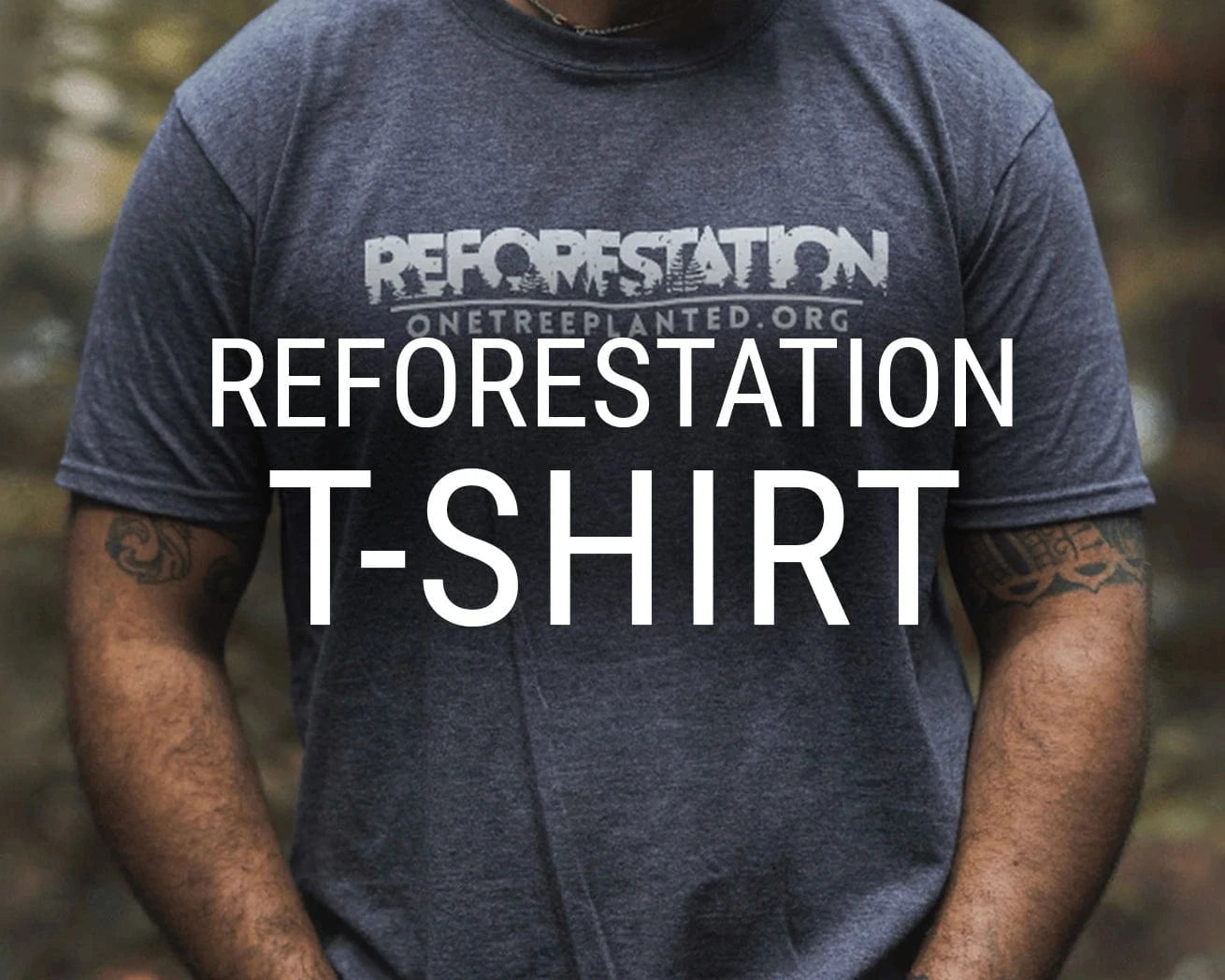Plant Trees
Plant trees for impact and help restore ecosystems around the world! Plant a Tree!

Plant trees for impact and help restore ecosystems around the world! Plant a Tree!
About
Stay up to date on major announcements, exciting collaborations, and more. Visit our Newsroom
We make it simple for anyone to plant trees, and together we can make an incredible impact. Learn more

Stay up to date on major announcements, exciting collaborations, and more. Visit our Newsroom

We make it simple for anyone to plant trees, and together we can make an incredible impact. Learn more
Get Involved
Become a business partner to improve your company’s sustainability initiatives and make an impact. Learn more
See how your support and leadership can help us fund reforestation efforts across the globe. Learn more

Become a business partner to improve your company’s sustainability initiatives and make an impact. Learn more

See how your support and leadership can help us fund reforestation efforts across the globe. Learn more
Learn
Read about stories from the field, interesting facts about trees and get your healthy dose of nature. Visit our blog
Comprised of lesson plans, learning modules, resources, and activities, our T.R.E.E.S. School Program is the perfect addition to your curriculum. Learn more

Read about stories from the field, interesting facts about trees and get your healthy dose of nature. Visit our blog

Comprised of lesson plans, learning modules, resources, and activities, our T.R.E.E.S. School Program is the perfect addition to your curriculum. Learn more
Shop
Our fan-favorite Reforestation T-Shirt. Wear it with pride to show your support of reforesting our planet, one tree at a time. Shop now
Give the gift that lasts a lifetime! Choose an image, write your personalized message and select a delivery date to gift a tree. Gift a tree

Our fan-favorite Reforestation T-Shirt. Wear it with pride to show your support of reforesting our planet, one tree at a time. Shop now

Give the gift that lasts a lifetime! Choose an image, write your personalized message and select a delivery date to gift a tree. Gift a tree
Get Involved
Plant Trees
Get news, updates, & event Info delivered right to your inbox:
One Tree Planted’s New Specialist Explains
My name is Tanner Haid, and I am One Tree Planted’s Director of Urban Forestry. A bit of a hypothetical question here, but what came first: the town or the tree? Even at it’s oldest, civilization as we know it began around 3,000 BC. In contrast, the earliest trees date back to 400 million years ago. Not much of a contest, and that’s the point. How do we honor the living legacy of forests and the vital ecosystems they create within the context of our modern, 21st century communities? When we think about our towns and cities, we are blessed with opportunities for reimagining and redefining our relationships between local forests, our built environments, and ourselves. We need roads to get us to our jobs, hospitals for our health & well-being, and affordable housing to sustain us. Coincidentally, trees can also be a source of job creation, wellness, and a means to create a home. We don’t have to choose between urban communities and green urban spaces. We can have both. And that’s where I come in.

What is Urban Forestry?
At its core, the term urban forests refers to the trees we live with - from individual street trees and urban green-spaces to shady school groves and suburban forests. Each one different in tree species and size, yet all linking together to form urban forests. They are powerhouses for providing ecosystem services such as air pollution removal, stormwater pollution capture, carbon sequestration, green infrastructure, and urban heat regulation, and as such are essential green infrastructure for any healthy, vibrant community. Urban forestry is the act of maintaining, protecting, and in One Tree Planted’s case - planting - urban forests.All within the backdrop of a rapidly changing urban landscape.
Why is Urban Forestry Important?
- More people than ever live in urban areas.By 2050, 68% of the world’s population- more than 6.5 billion people - will live in urban areas, including nearly 400 million people in the United States alone.
- People in these areas need a livable environment.Over 90% of the world’s population live in communities where air quality levels do not meet World Health Organization standards. And it’s not just clean air they need, but cool air. The combination of hard surfaces radiating heat, tall buildings blocking the wind, and loss of trees create what’s known as the urban heat island effect. Without trees, our hot cities will continue to get hotter, less livable, and more dangerous, with urban heat waves already killing upwards of 1,300 people per year in the United States, and even more globally.
- The climate is changing.Simply put, human-induced climate change is “widespread, rapid, and intensifying”. This July 2021 was the hottest month on record. We must act now by planting trees in the communities that need them most to prevent the worst impacts of climate change from endangering the lives of our most vulnerable populations.
- Trees are part of the solution.Just one large, mature canopy tree can sequester (i.e. store in its wood) about 22 pounds of carbon dioxide annually. Also that year, that same tree will produce 6,000 pounds of oxygen and absorb 1,000 gallons of rainwater, all while improving community aesthetics and increasing residential property values by up to 10%. Imagine what we can do with a whole forest...
Trees and forests - and the benefits they provide to us - will be more important than ever for growing populations that need healthy communities and a livable environment.
But ourhistory of environmental and social justice in the United States has already placed some communities at a disadvantage. Data shows that low-income and communities of color have 41% and 33% less tree canopy, respectively, than whiter, more affluent communities. More must be done to help all communities achieve tree equity: a future where trees are planted where they are needed most for the benefit of all people, regardless of class or race. One Tree Planted seeks to address environmental justice and help achieve tree equity by supporting communities with reaching their urban forestry goals, especially as it relates to tree planting in neighborhoods that need them most.



Here Are Three Easy Steps For Taking Action to Support Urban Forestry Initiatives
- Explore the data.No tool quite captures the importance - and attainability - of tree equity as American Forest’s Tree Equity Score map. Want to plant trees but don’t know where they will have the biggest impact? This tool has the answers you need to get started.
- Share your ideas.You’ll be hearing more from us about urban forestry, but we also want to hear from you. In fact, urban forestry is all about you. It is about people and communities coming together to share ideas and take action. Contact us with your ideas for how we can best support your community’s urban forestry efforts.
- Take action. Volunteer to get your hands dirty at a local event, or become a Tree Ambassador and receive our guide to help you organize, fund, and lead your own local tree planting initiative!
Transformative actions - such as achieving tree equity - require transformative thinking. Which brings us back to our opening question - what came first: the town or the tree? Answered best by Kenton Rogers with Treeconomics,“perhaps it’s time that we should stop thinking about the trees in our towns, and actually consider the towns in our forests instead.”As you consider that, take a moment to plant a tree through our Fund for Urban Forestry. We work with communities across the globe to make a positive environmental and social impact through reforestation.
Get news, updates, & event Info delivered right to your inbox:
Tanner Haid
Tanner has been a constant advocate for urban forests over the last decade, building the largest volunteer tree planting and stewardship program in West Virginia and serving as the Chair of his local municipal Tree Board. An ISA Certified Arborist, Tanner seeks to develop our global urban forestry program.
Related Posts
15 Amazing Trees to Remind You Why Nature is Awesome
01/08/2023 by Meaghan Weeden
Good News! 7 Positive Environmental News Stories From July 2023
27/07/2023 by Gabrielle Clawson
5 Important Tree Species You Need to Know
27/07/2023 by Gabrielle Clawson
Popular On One Tree Planted
8 Amazing Bamboo Facts
18/07/2023 by Meaghan Weeden
Inspirational Quotes About Trees
11/07/2023 by Meaghan Weeden
27 Ways to Prevent Climate Change
13/06/2023 by Meaghan Weeden





